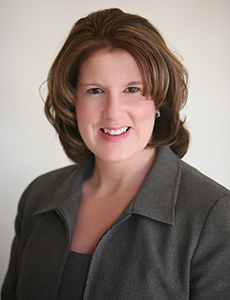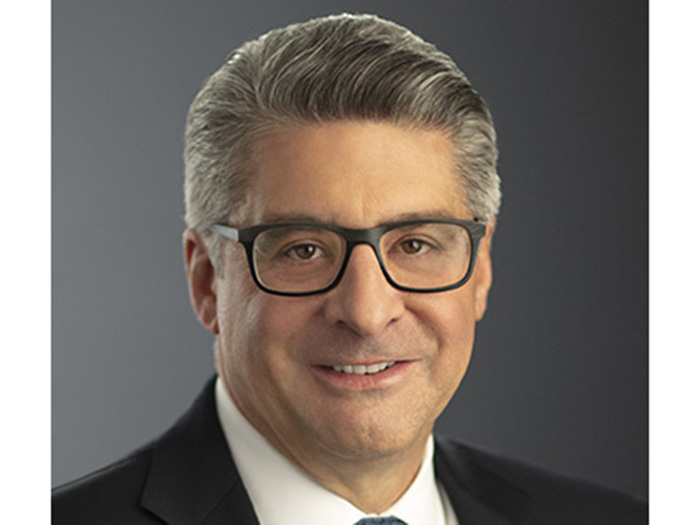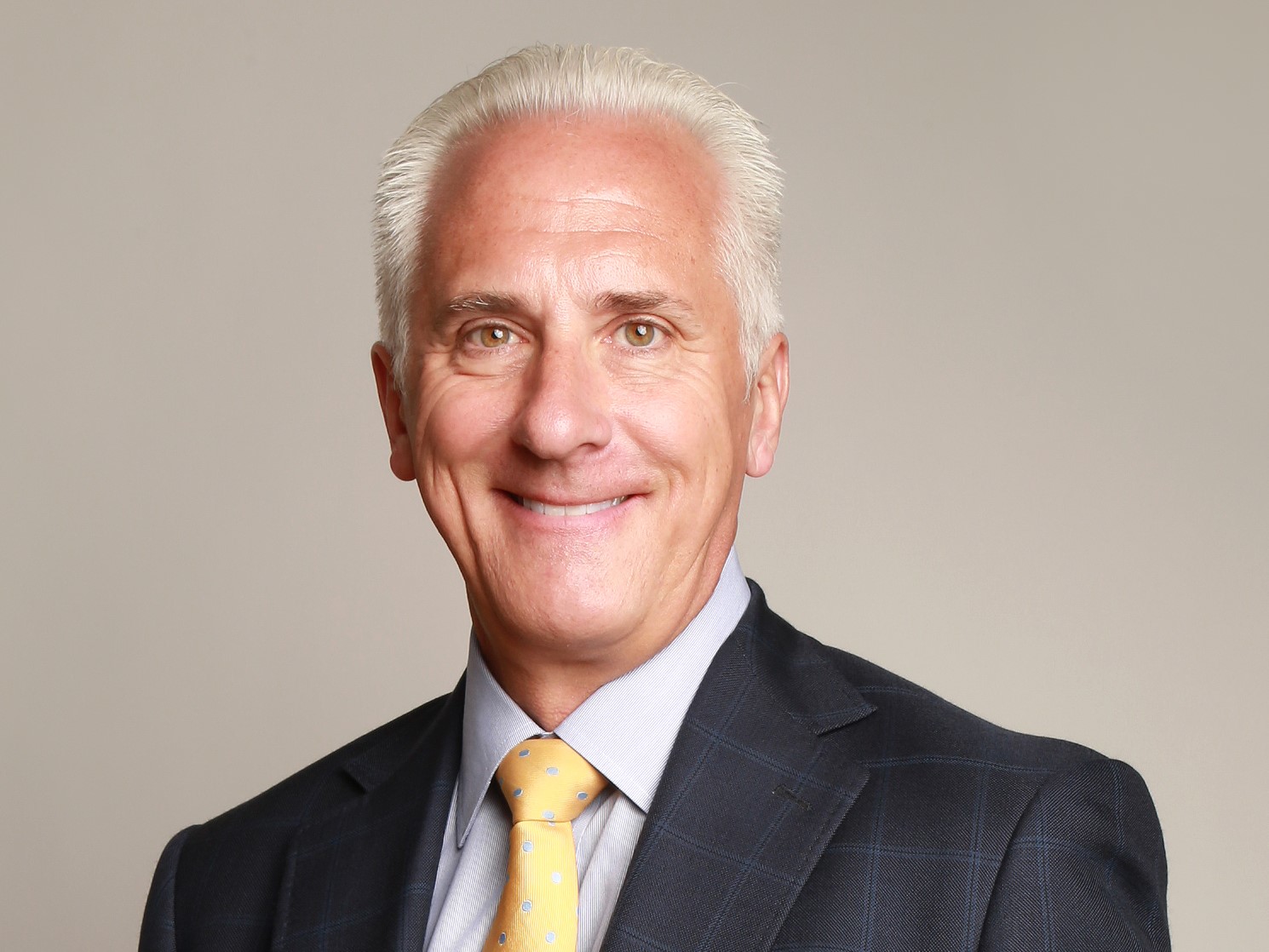How Professional Employer Organizations Aid Workers’ Comp Risk Management

It’s been a difficult few years for small and medium-sized businesses. Regulations about worker health and safety changed rapidly during the COVID-19 pandemic. There’s been economic uncertainty and hard insurance markets.
Workers’ comp is still assessing the effects of the pandemic; benefits costs increased between 2020 and 2021, though the number of jobs covered by workers’ compensation decreased 0.1% between 2017 and 2021, per research from the National Academy of Social Insurance. Federal negotiations on drug costs, inflationary pressures on medical spend, California’s workers’ compensation system restructuring efforts and Florida’s provider network litigation woes will all contribute to a challenging legal and regulatory environment for small and medium-sized employers over the next few years.
With so much in flux, many employers find themselves asking: How can I outsource some of my administrative and compliance tasks?
Enter PEOs. Short for professional employer organizations, these firms help small to midsize businesses manage many of their compliance, human resources and workers’ comp challenges. These companies proved to be a boon during COVID, and they are still benefiting businesses to this day, especially now that they’re partnering with brokers.
“PEOs were able to step in and provide immediate guidance and immediate alerts to clients as their state rules and federal rules changed,” said Julie Cirillo, chief risk officer, Engage PEO. “PEOs really are the backbone of small to midsize business.”
What Is a PEO?
PEOs really took off in the 1960s and 1970s, though their origins stretch back to the 1940s, per the Florida Association of Professional Employer Organizations.
Small and medium-sized businesses back then needed help with government compliance, payroll administration and benefits and insurance services. PEOs stepped in to fill that gap.

Julie Cirillo, chief risk officer, Engage PEO
“It brings the knowledge and experience of a large employer right in the back room of that small or midsize business,” Cirillo said. “We’re providing that level of guidance, support and compliance to that small to midsize business.”
The way it works: A small or medium-sized business outsources a number of compliance, payroll, taxes, benefits administration and insurance services to a PEO through a co-employment arrangement. Basically, the PEO and the small business share particular employment responsibilities, outlined by a contract, allowing the PEO to take control of some of these administrative responsibilities.
“It allows the client to do what they do best and allows the PEO to do what they do best,” Cirillo said.
Today, PEOs are a well-established — and popular — industry. They now work with 17% of all employers with between 10 and 99 workers, according to the National Association of Professional Employer Organizations. They’re predicted to grow at an 11.15% compound annual growth rate between 2022 and 2030, according to a report from Straits Research.
Benefits of PEOs
As Cirillo explained, “the way that the PEO manages workers compensation is very similar to a pooled risk program.” The co-employment model that PEOs use allows them to insure employees under their direct program while providing accurate pricing for a particular small or midsize business.
In addition to providing workers’ comp services at affordable rates, PEOs often administer claims and conduct safety audits for their clients. A small to midsize company might not be able to afford a separate safety staff member who can conduct trainings and insure safe working conditions; a PEO can.
These services are often administered by people with extensive experience in the industry. Cirillo herself worked on the workers’ comp insurance side of the business and as a workers’ comp defense attorney before stepping into the PEO world.
“Many PEOs have a safety and loss control team that intertwines with claims so that they work hand-in-hand,” Cirillo said. “PEOs continue to thrive, because we provide a level of service that has the potential to reduce internal headcount. Maybe you didn’t need that safety consultant or that HR generalist.”
PEOs and Brokers: How Can They Work Together?
In the past, PEOs “had somewhat of a bad connotation in the insurance world,” according to Cirillo. Ten to 15 years ago, they were seen as competing with brokers for business since they could help clients procure insurance as part of their strategic services.
Since then, the perception of PEOs has shifted significantly due to the fact that the organizations have adopted predictive analytics and claims management services in which both brokers and insureds see value.
“We’ve adopted the tools that are available to carriers. We use predictive analytics, an AI underwriting tool to ensure that our clients are priced appropriately and that they’re paying the right price for insurance.”
Brokerages are starting to see the appeal in partnering with PEOs as well. Historically, smaller brokerages have partnered with PEOs in order to offer a fuller suite of workers’ comp risk management services to their clients. Now, as many brokerages consolidate through M&A activity, more and more organizations are seeing the value of PEOs. Smaller brokerages have helped introduce PEOs when they merge with larger organizations.
Though Cirillo says there are some PEOs that “still are boots-on-the-ground, knocking on the doors of small to midsize businesses that are still in competition with brokers,” most have embraced a distribution model that partners with brokers. Brokers now have preferred PEO partners and PEO units to help small to midsize clients who want to engage with these services.
“There were small regional brokers that worked with PEOs and saw the benefit of PEOs and had small to midsize business clients that wanted to be part of a PEO,” Cirillo said. “Engage has a broker distribution model. We prefer to work with brokers; we protect our brokers.”
By working in tandem, brokerages and PEOs can ensure that small to medium-sized businesses receive all the risk management services they need. PEOs can help with safety consultations and claims management, reducing the number of claims and helping prevent future losses.
“Some brokers out there have definitely understood that there’s value in working alongside a PEO,” Cirillo said.
“We provide a lot of the service that a broker just doesn’t have to do anymore. A brokerage would have claims consultants on the work comp side. Well, the broker doesn’t need to invest in claim consultants if the PEO is working with the claim.” &









